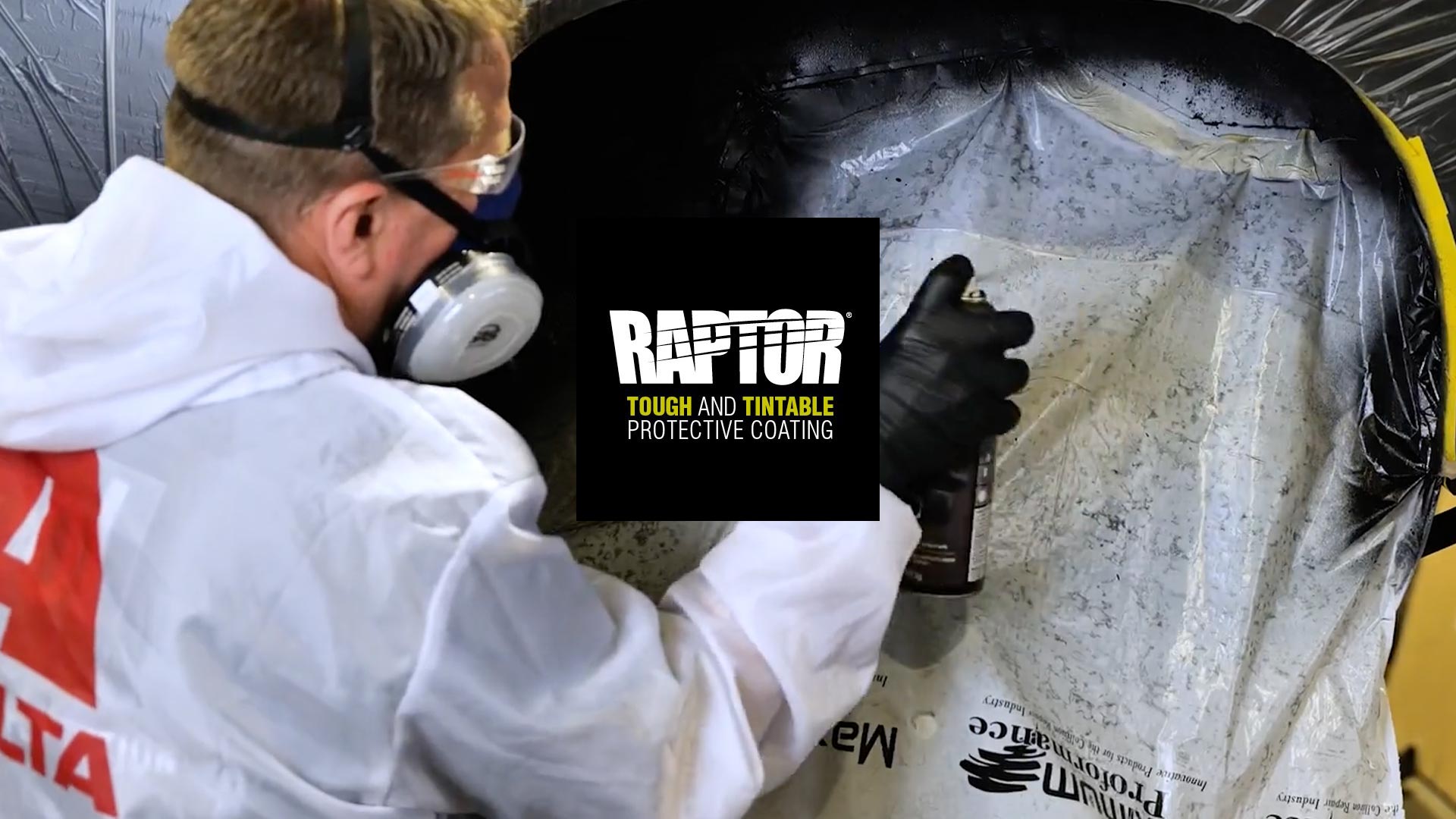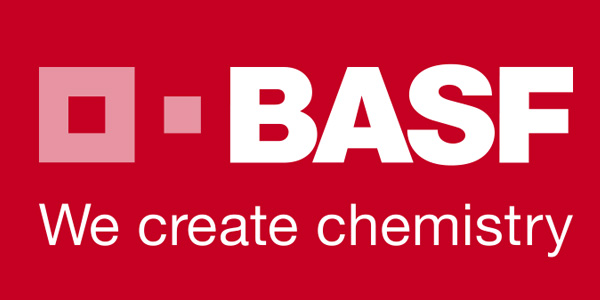What is the law regarding the paint material caps that insurance companies put on estimates? Are they against the law in all states or just some? If so, which ones?
Question asked by Dave Fisher, Dave’s Collision Center, Baltimore, Md.
The issue of paint capping has been around for quite awhile, and even though some states may have statutes against the practice (ex. Virginia, Connecticut, New York, Kansas), it’s one of those things insurers have interpreted 1,001 ways.
Not being an attorney but only a layperson like most consumers and repairers, I can only give opinions as they have been relayed to me over the years.
The Reader’s Digest answer to the question as written is simple: only some states prohibit paint material capping. That’s why a repairer should be familiar with the statutes in their own state, as the wording from state to state can and will vary. Repairers’ lack of knowledge on these statutes and how the statutes have been interpreted have been the biggest problem on this issue. The second biggest problem is that even when there are rules, it becomes a gray area in a hurry because of legal interpretations. With a law, you must first realize that there is no black and white. Anything having to do with law, unfortunately, is comprised of shades of gray. Clear-cut rules would be great, but probably won’t ever happen.
Past research by the collision repair industry and their associations has shown that some states take a dimmer view of “capping” than others. I doubt that any up-to-date listing of states that outlaw paint capping exists, as most repairers have learned to deal with it on a case-by-case basis.
Missouri is a good example. There is a fair claims section [20CSR100-1.050 Section (20) (d)] which states that an insurer “cannot prepare an estimate unless the amount is such that the person can reasonably be expected to have the car repaired for the estimated amount.” This creates a lawyer’s paradise and a public nightmare. Define reasonable…and from who’s viewpoint. Traditionally, some companies have hidden behind this section to defend their practices not only on paint material caps but on the complete estimate. Where there are specific laws/rules, these companies have sometimes used different terms such as “threshold” to circumvent the rule. The repairer is then put in the situation of proving his need for additional paint material allowance.
Since the beginning of time, it feels like there has been a discussion on what “paint and materials” really means. Does it include special bonding agents, body filler, etc., or are these body supplies? If they are, why isn’t there a line item for these items? If not, are they part of overhead?
I have long felt that throwing out the P&M line item or referencing it as “only estimated P&M – actual cost to be billed on invoice amount” would be a good idea. There are so many vendor programs out there now that this is one of the easiest and most financially responsible methods for all concerned.
The bottom line is that until paint and materials are better defined and the method of calculating/billing is changed, a problem will always exist.













